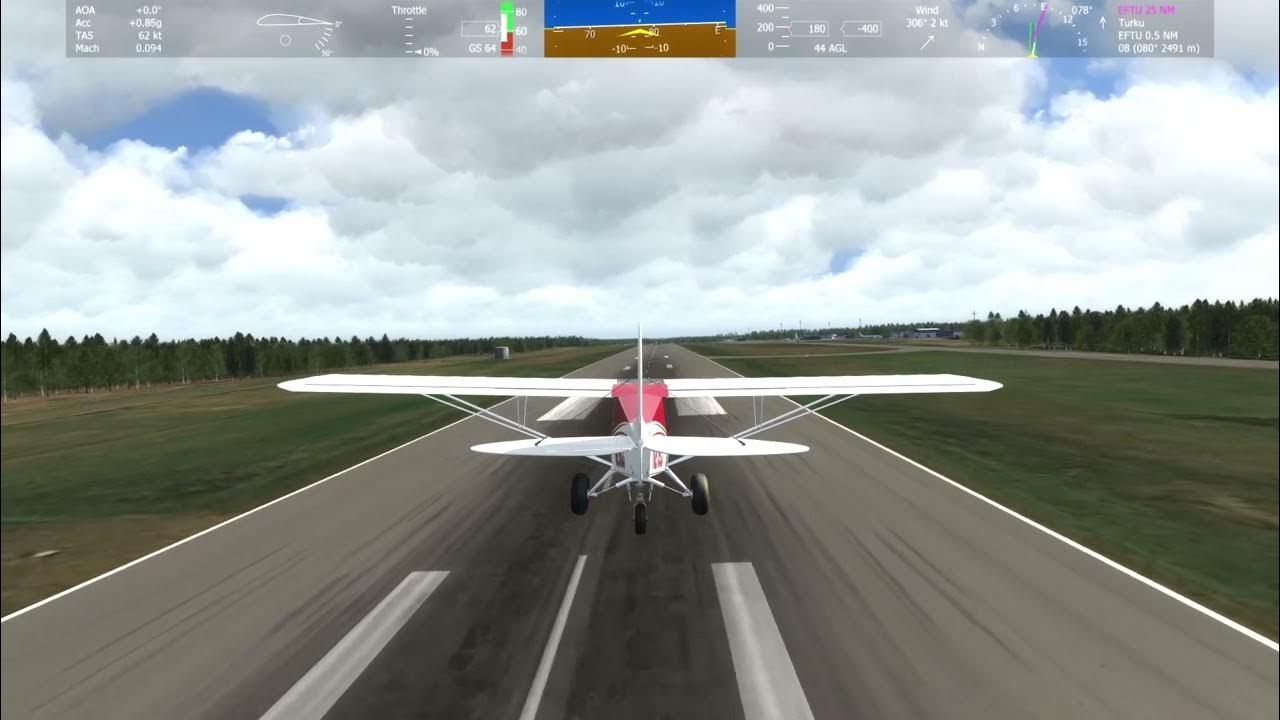Isn't Autodesk Maya like a $5000/seat commercial software like 3DS Max? Man, I would just stick to using Blender unless you are thinking to become a payware aircraft model developer but I doubt you would make your investment back in sales. I too would be interested in hearing what @Jet-Pack has to say about this. I know at one time long ago both Laminar Research and IPACS used to have converter plugins for other 3D CAD programs but I think they eventually switched over to only supporting Blender. I am guessing because it is free and very full featured (actually more than you need probably for just flight simulator models), and in the case of X-Plane encourages hobbyists to try making their own airplanes for their favorite flight simulator. That was a very smart move on Laminar Research's part. That and having a GUI based aircraft file editor called Plane Maker is why X-Plane 11 has literally hundreds of freeware aircraft available for it including helicopters. In fact, from what I have read in the forums, if you just want to test out an idea for your own custom aircraft design, you don't even need a 3D CAD program with Plane Maker because it can create a very basic 3D aircraft shape which you can then fly in the X-Plane simulator.
Yes, Maya is commercial. I am using Blender but I have people helping out that uses Maya/3ds max. The exporter should work with 3ds max and Blender, so if we can get the models into one of those (including animations and rigging) it should be able to export to tgi. I tried to export the Carbon Cub model using the Blender plugin (using Blender 3.3 lts) but I got lots or error messages and exporting failed.

